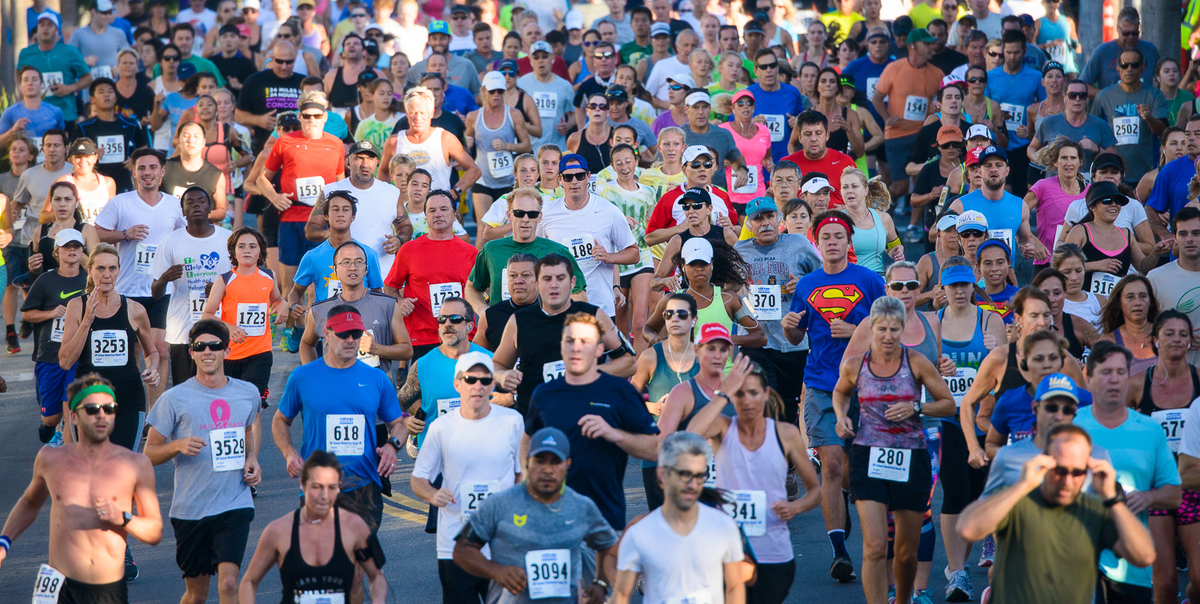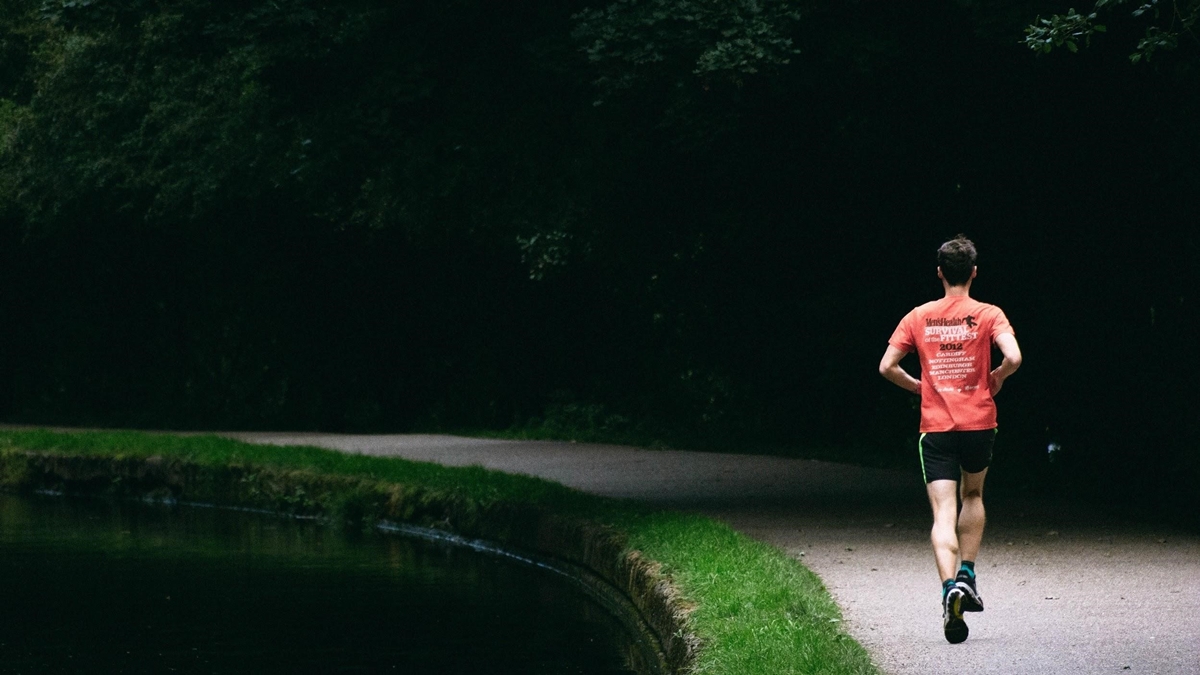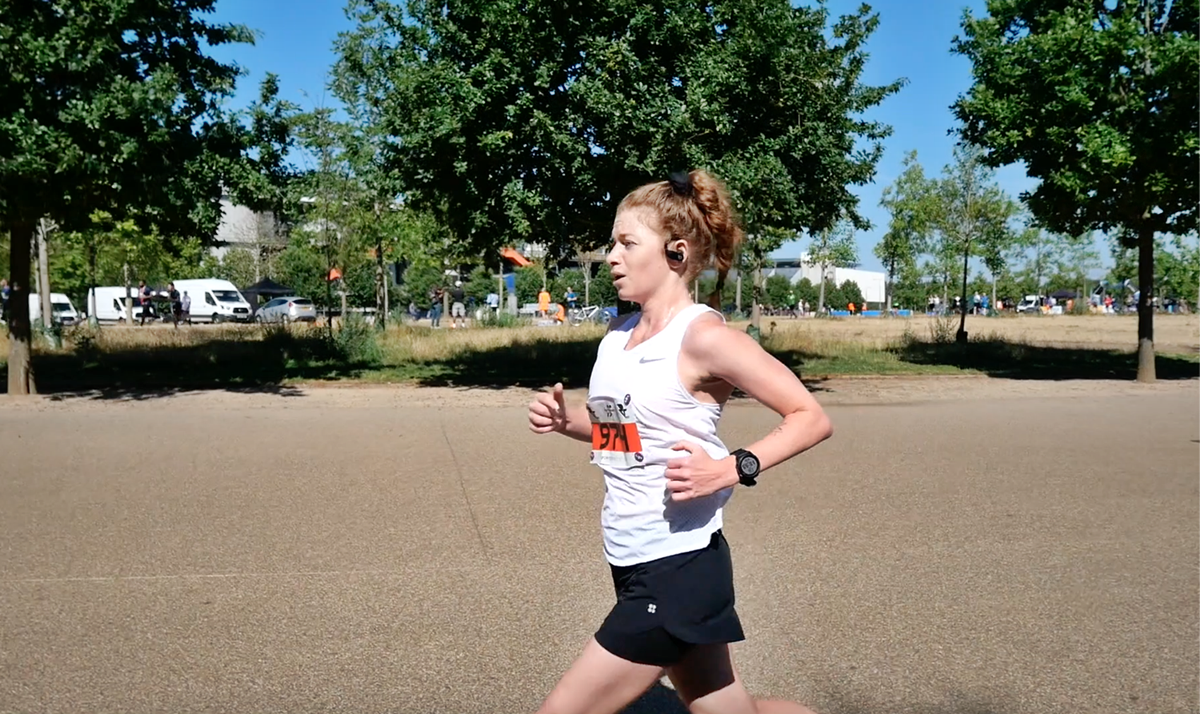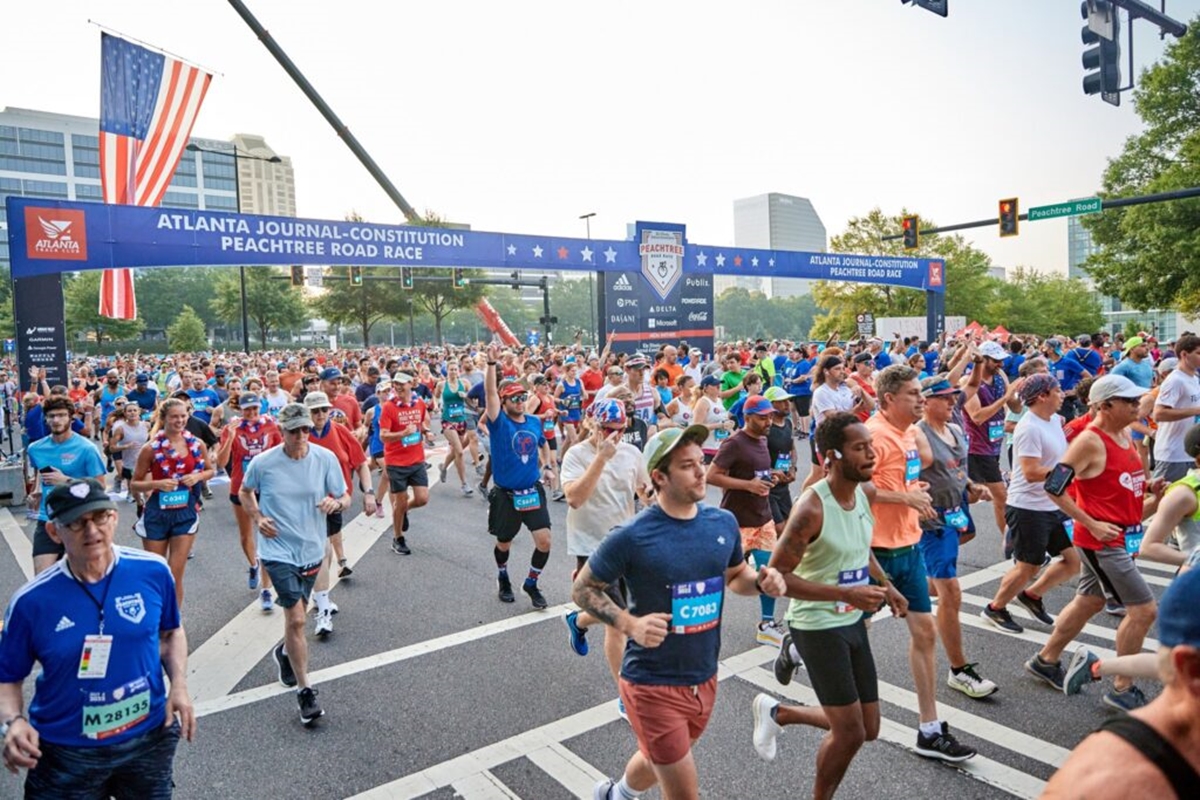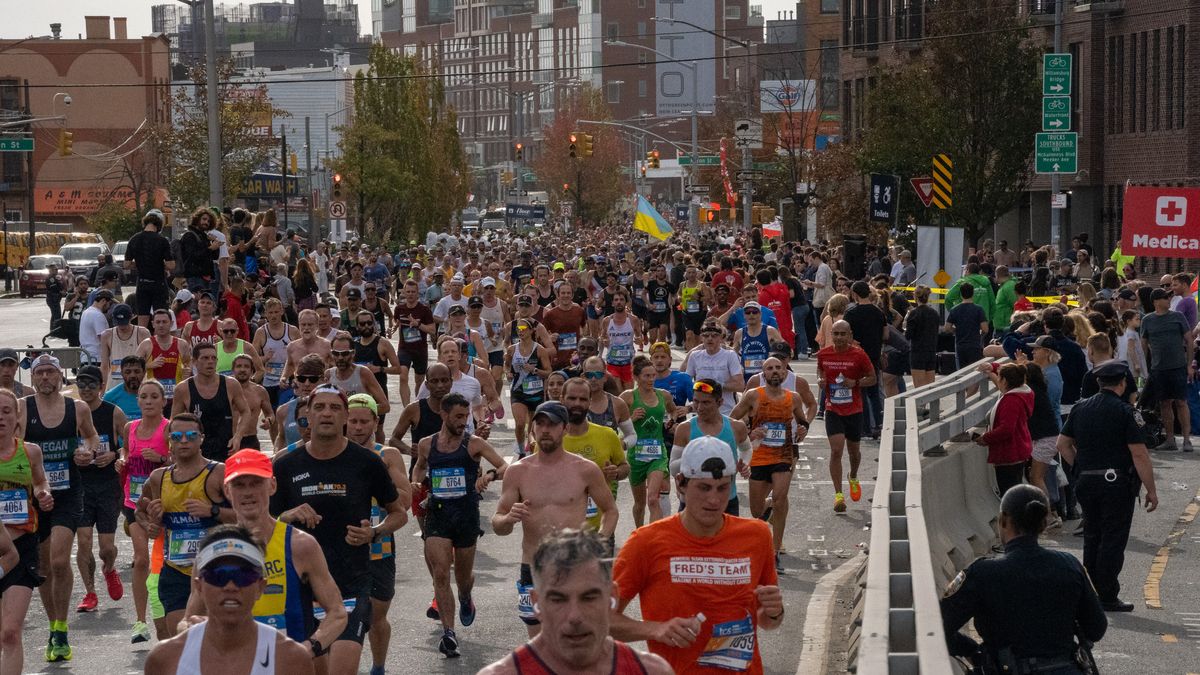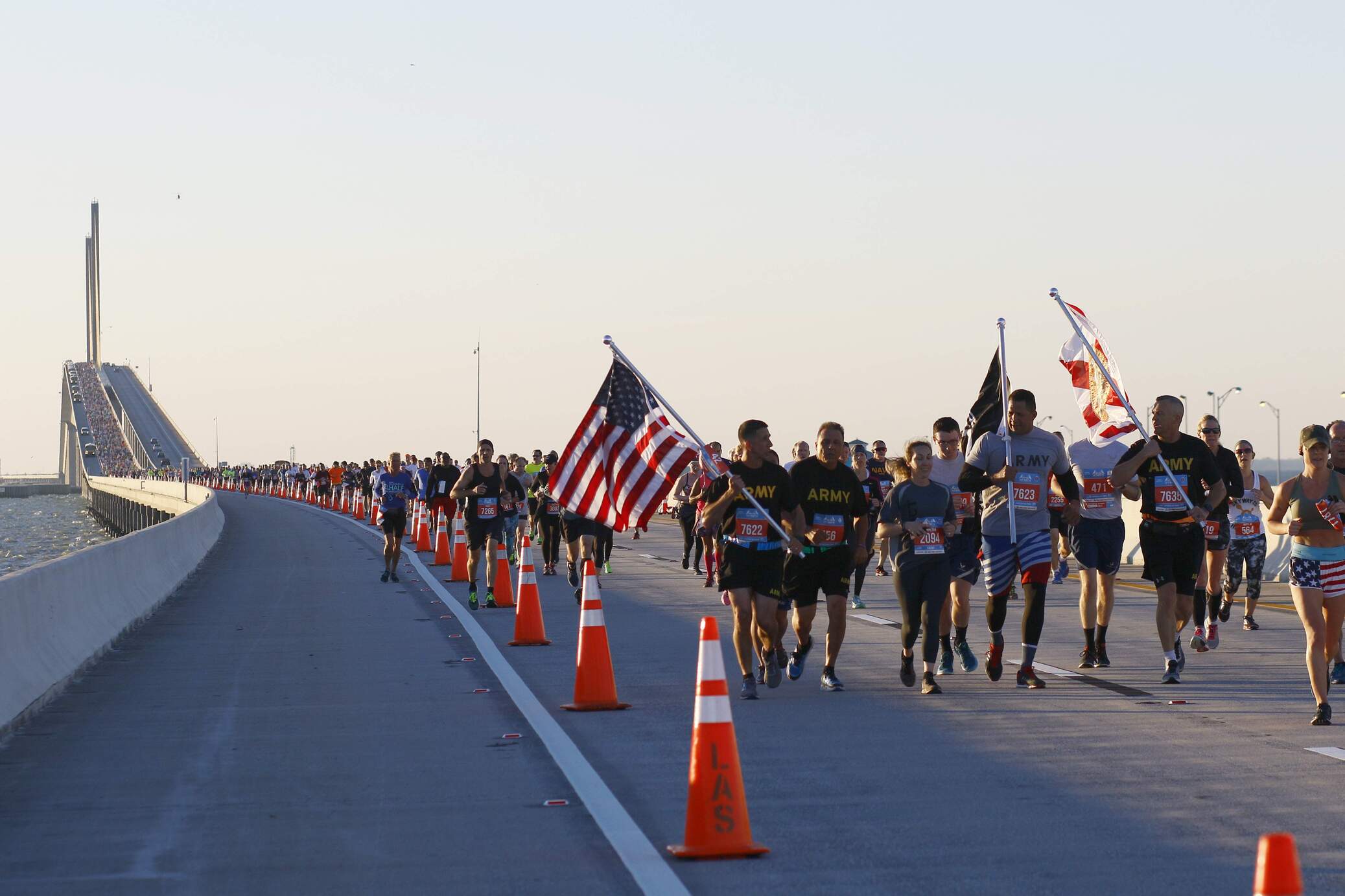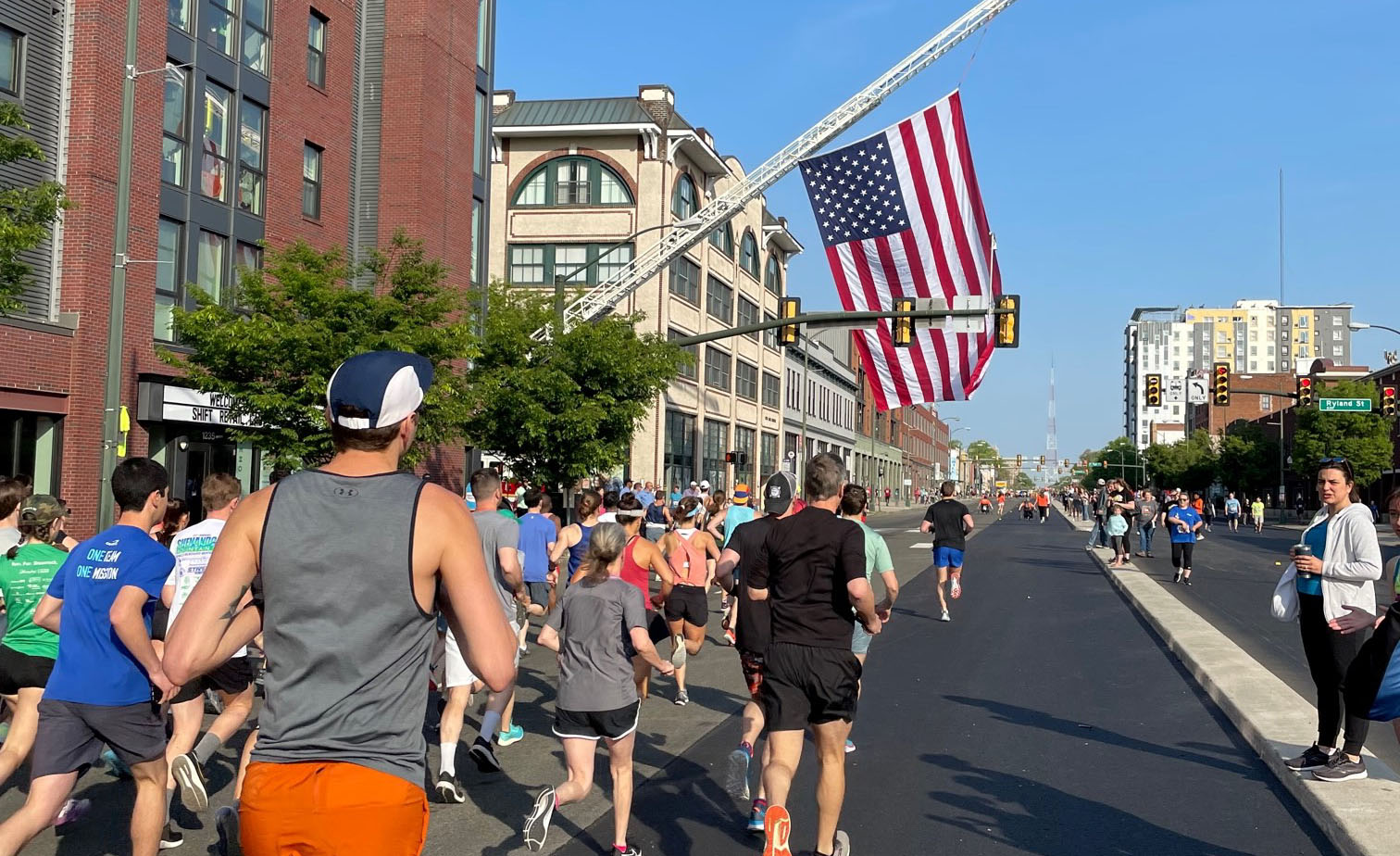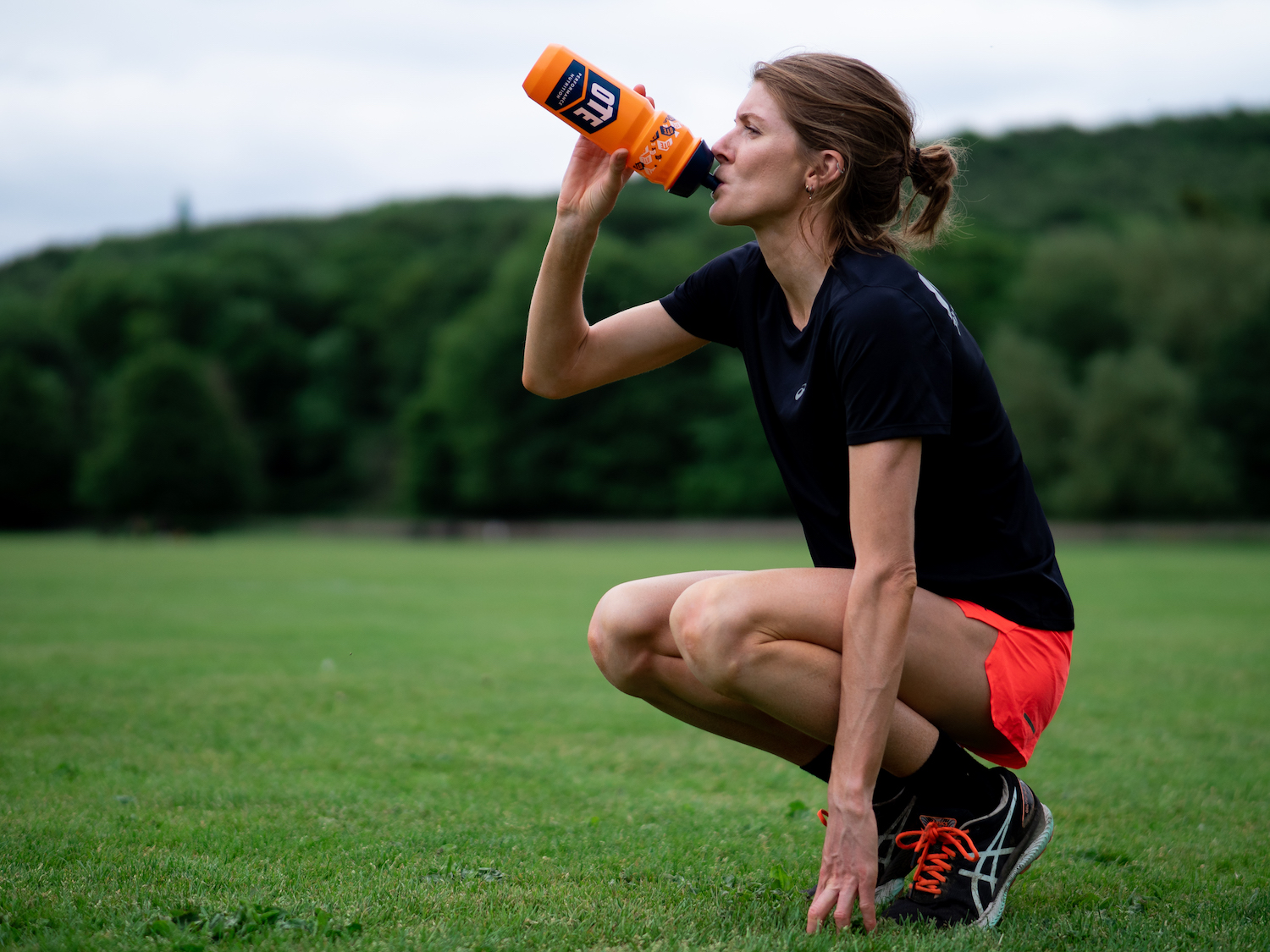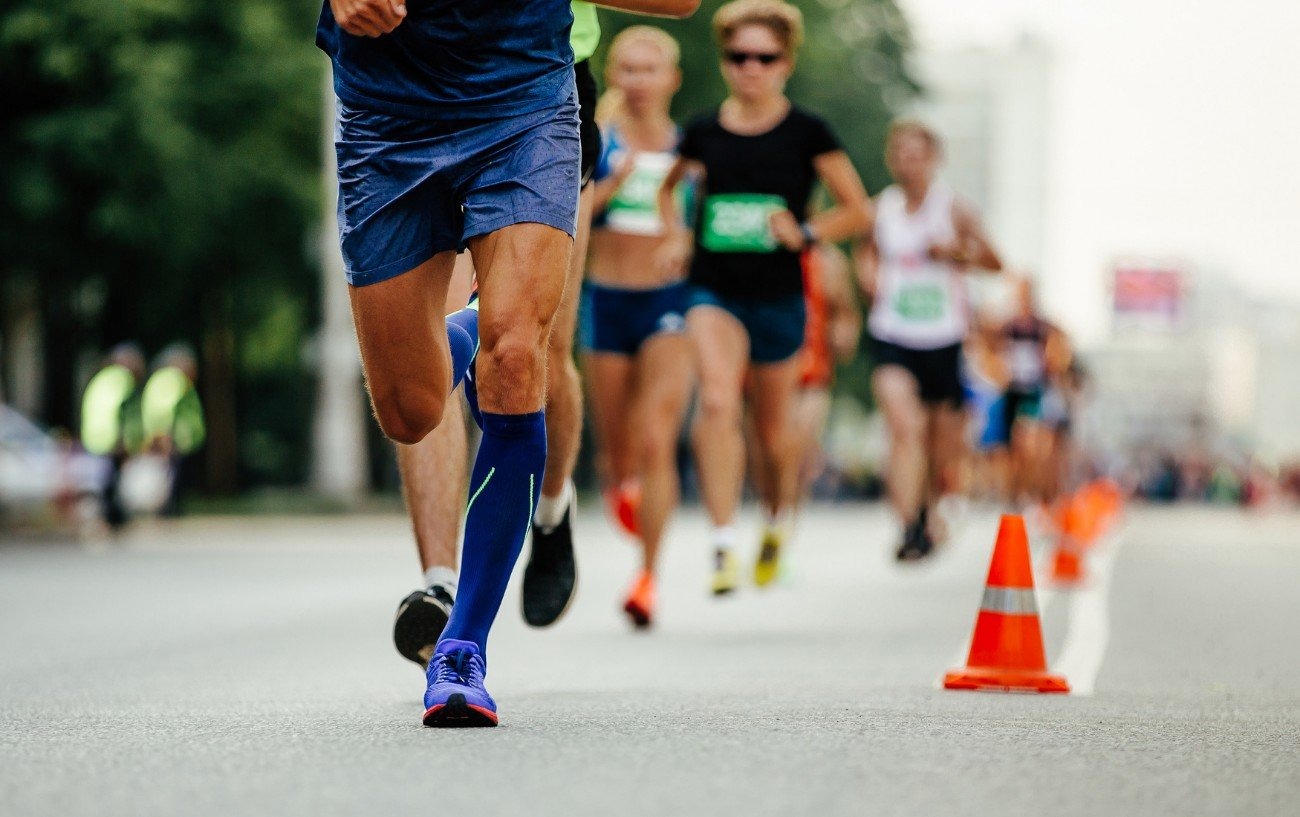

Featured
What Is The Normal Time For A 10K Run
Modified: January 22, 2024
Discover the featured time for a 10K run and find out what is considered normal. Get tips and insights to improve your own performance.
Introduction
Welcome to the exciting world of 10K running! Whether you are a beginner or an experienced runner, participating in a 10K race is a fantastic way to challenge yourself and experience the joy of crossing that finish line. But have you ever wondered what the normal time for a 10K run is? In this article, we will explore the factors that can affect your 10K run time, discuss the average times for a 10K run, and provide some insights on how you can improve your performance.
A 10K race, also known as a six-mile race, is a popular distance among runners of all levels. It’s a great way to push your limits, improve your cardiovascular fitness, and engage in friendly competition. But it’s important to note that the time it takes to complete a 10K run can vary significantly from person to person. Factors such as age, gender, fitness level, training, and terrain can all influence your overall time.
For beginners, completing a 10K race is an accomplishment in itself, regardless of the time it takes. It’s a journey that requires commitment, perseverance, and proper training. However, if you are looking to challenge yourself and improve your performance, it’s helpful to have an understanding of the average times for a 10K run.
Before we delve into the average times, it’s essential to remember that running is a personal journey. Comparing yourself to others can sometimes be discouraging and take away from the joy of the experience. Instead, focus on setting realistic goals, enjoying the process, and celebrating your achievements, regardless of the time it takes you to complete a 10K run.
Now that we have set the stage, let’s explore the factors that can affect your 10K run time and how you can optimize your performance.
Factors Affecting 10K Run Time
Several factors can affect your 10K run time, and understanding them can help you better gauge your performance and set realistic goals. Here are some key factors to consider:
- Physical Fitness: Your overall fitness level plays a significant role in your 10K run time. Regular cardiovascular endurance training, strength training, and flexibility exercises can improve your running efficiency and speed.
- Training and Preparation: The quality and consistency of your training regimen can greatly impact your 10K run time. Gradually increasing your mileage, incorporating speed workouts, and cross-training can enhance your endurance and speed.
- Terrain: The terrain on which you run can affect your performance. Running on hilly or uneven terrain requires more effort and can slow down your pace compared to running on a flat surface.
- Weather Conditions: Extreme weather conditions, such as hot and humid weather or strong winds, can impact your performance. It’s important to adapt your pace and hydration strategies accordingly.
- Race Course: The layout of the race course, including the number of turns, elevation changes, and surface type, can influence your run time. Familiarizing yourself with the course beforehand can help you plan your strategy.
- Mental Stamina: Your mental state and ability to stay focused during the race can impact your performance. Developing mental strategies, such as visualization and positive self-talk, can help you push through challenges and maintain a steady pace.
It’s important to remember that these factors interact with each other and can vary from person to person. For example, a highly trained individual may be able to overcome challenging terrain or adverse weather conditions more efficiently than a beginner runner.
Incorporating these factors into your training and race day strategies can help you improve your 10K run time and achieve your goals.
Training and Preparation
Proper training and preparation are crucial for achieving your desired 10K run time. Here are some tips to optimize your training and enhance your performance:
- Establish a Training Plan: Start by creating a structured training plan that includes a combination of long runs, speed workouts, recovery days, and cross-training activities. Gradually increase your mileage and intensity to avoid injury and build endurance.
- Incorporate Interval Training: Intervals involve alternating periods of high-intensity running with periods of recovery. This type of training can improve your speed and aerobic capacity, allowing you to sustain a faster pace during the 10K race.
- Include Strength Training: Incorporate strength training exercises to improve your running economy and prevent injuries. Focus on exercises that target your lower body muscles, such as squats, lunges, and calf raises.
- Practice Proper Form: Pay attention to your running form, as it can impact your efficiency and speed. Maintain an upright posture, relax your shoulders, and land mid-foot with a slight forward lean.
- Implement Rest and Recovery Days: Rest days are as important as training days. Allow your body time to recover and adapt to the physical stress of running. Engage in activities like stretching, yoga, or foam rolling to promote muscle recovery and reduce the risk of injury.
- Stay Consistent: Consistency is key when it comes to training. Stick to your training plan and avoid skipping workouts. Consistent effort over time will help you build stamina and improve your 10K run time.
- Optimize Nutrition: Fueling your body with the right nutrients is essential for optimal performance. Prioritize a balanced diet consisting of complex carbohydrates, lean proteins, and healthy fats. Stay hydrated before, during, and after your runs.
- Prepare Mentally: Mental preparation is just as important as physical training. Visualize yourself crossing the finish line, develop positive affirmations, and practice mindfulness techniques to stay focused and motivated during the race.
Remember, every runner is unique, and it may take some time to find the training methods that work best for you. Be patient with yourself, listen to your body, and make adjustments as needed.
Average Time for a 10K Run
The average time it takes to complete a 10K run can vary depending on various factors such as age, gender, fitness level, and experience. However, it can be helpful to have a general idea of what the average times are for a 10K race.
For recreational or beginner runners, the average time for a 10K run is typically between 50 minutes to 1 hour and 20 minutes. This equates to an average pace of about 8 to 12 minutes per mile. It’s important to note that these times can vary significantly based on individual circumstances.
Intermediate runners who have been consistently training and building their endurance can aim for a faster 10K time. An average time for an intermediate runner is around 40 minutes to 50 minutes, translating to an average pace of about 6 to 8 minutes per mile.
For experienced and competitive runners, the average time for a 10K run is much faster. Elite male runners can complete a 10K race in under 30 minutes, while elite female runners can finish in around 35 minutes.
It’s important to remember that these average times are just a guideline and can be influenced by various factors such as terrain, weather conditions, and personal fitness level. It’s more important to focus on personal improvement and progress rather than comparing yourself to others.
Do not feel discouraged if your current run time is not within these average ranges. With consistent training and dedication, it is possible to improve your performance and surpass your previous records.
Now that you have an idea of the average times for a 10K run, let’s explore the achievements of elite runners and the record times they have set.
Elite Runners and Record Times
Elite runners are the pinnacle of the running world, pushing the boundaries of human performance with their incredible speed and endurance. The record times set by these athletes serve as inspiration and benchmarks for runners of all levels. Let’s take a look at some notable record times in the 10K distance.
In the men’s category, the current world record for the 10K run is 26 minutes and 24 seconds, set by Leonard Patrick Komon of Kenya in 2010. Komon’s blistering pace of just under 4 minutes and 15 seconds per mile showcases an extraordinary level of speed and stamina.
On the women’s side, the current world record holder is Joyciline Jepkosgei of Kenya, who set a time of 29 minutes and 43 seconds in 2017. Jepkosgei’s impressive record demonstrates the incredible athleticism and endurance displayed by elite female runners.
It’s important to note that these world record times represent the absolute limits of human performance and are not realistic goals for most recreational runners. However, they serve as a reminder of the potential that lies within each of us to continue pushing our boundaries.
In addition to the world record times, various elite runners from different countries have achieved remarkable performances in the 10K distance. These athletes consistently finish the race in under 30 minutes for men and under 35 minutes for women.
As recreational runners, it’s fascinating to witness and admire the dedication and talent of these elite runners. They serve as an inspiration for us to set new goals, challenge ourselves, and strive for continuous improvement in our own running journeys.
Now that we have explored the achievements of elite runners, let’s dive into some tips that can help you improve your 10K run time.
Tips for Improving 10K Run Time
If you’re looking to improve your 10K run time, there are several strategies and tips you can implement to enhance your performance and reach your goals. Here are some effective tips to help you run faster and more efficiently:
- Interval Training: Include interval training sessions in your training plan. This involves alternating between high-intensity bursts of speed and periods of recovery. Intervals can enhance your running efficiency and build stamina.
- Progressive Overload: Gradually increase your mileage and intensity over time. Add small increments to your weekly mileage and incorporate challenging workouts to stimulate improvements in your speed and endurance.
- Hill Training: Incorporate hill workouts into your training routine. Running uphill strengthens your leg muscles and improves your cardiovascular fitness, making you more efficient on flat terrain.
- Strength Training: Include strength training exercises that target your lower body muscles, such as squats, lunges, and calf raises. Building strength will improve your overall running performance and help prevent injuries.
- Maintain Proper Form: Focus on your running form to maximize efficiency. Maintain an upright posture, relax your shoulders, and land mid-foot with a slight forward lean. Proper form reduces energy wastage and helps you maintain a consistent pace.
- Master Your Breathing: Focus on controlled breathing techniques during your runs. Practice rhythmic belly breathing, inhaling deeply through your nose and exhaling slowly through your mouth. It can help increase oxygen intake and improve your endurance.
- Get Adequate Rest and Recovery: Allow your body time to recover and adapt after challenging workouts. Incorporate rest days into your training schedule and prioritize sleep to aid in muscle repair and growth.
- Optimize Nutrition: Fuel your body with a balanced diet that includes carbohydrates for energy, protein for muscle repair, and healthy fats for overall health. Stay hydrated before, during, and after your runs to maintain optimal performance.
- Set Realistic Goals: Set specific and achievable goals for your 10K run. Break down your goal into smaller milestones and track your progress. Celebrate each milestone you achieve, which will keep you motivated throughout your training.
- Stay Consistent: Consistency is key for improvement. Stick to your training plan, stay dedicated to your workouts, and make running a regular part of your routine. Consistent effort over time will yield significant results.
Remember, improving your 10K run time takes time and patience. Be kind to yourself and celebrate your progress, no matter how small it may seem. Keep pushing yourself, stay motivated, and enjoy the journey.
Conclusion
Completing a 10K run is an accomplishment that requires dedication, training, and perseverance. While the average time for a 10K run can vary based on factors such as age, gender, fitness level, and experience, it’s important to remember that running is a personal journey. Comparing yourself to others or chasing after world record times might not always be realistic or fulfilling.
Instead, focus on setting achievable goals, improving your own performance, and enjoying the process. Use the tips and strategies mentioned in this article to optimize your training, enhance your running technique, and work towards reaching your personal best in the 10K distance.
Remember that every runner is unique, and progress is made through consistency, patience, and gradual improvement. Embrace the challenges, celebrate your successes, and learn from any setbacks. Running is not just about the physical aspect but also about the mental strength and endurance it cultivates.
Whether you’re a recreational runner aiming to complete your first 10K or an experienced racer chasing a new personal record, the journey towards improving your 10K run time is filled with excitement and growth. Enjoy the process, listen to your body, and remember that your effort and dedication will lead to progress and personal achievement.
So lace up your running shoes, set your goals, and embark on your 10K running journey. It’s time to push your limits, embrace the challenge, and discover the incredible joy of crossing that 10K finish line.
